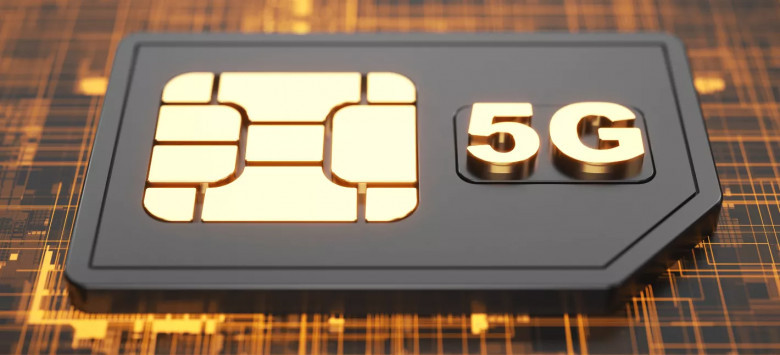views

In today’s hyper-connected digital world, a Mobile SIM (Subscriber Identity Module) plays a vital role in keeping us linked to the global communication network. Whether it's making calls, sending texts, or accessing mobile data, the tiny SIM card inside our mobile devices is the backbone of cellular connectivity.
What is a Mobile SIM?
A Mobile SIM is a small chip inserted into mobile phones that contains a unique identification number, encryption codes, and user authentication data. This card allows your phone to connect with your mobile service provider, enabling voice, text, and data services. Without a SIM card, most mobile phones can't connect to a network, unless they are using Wi-Fi-based applications.
There are different types of SIM cards based on size and functionality:
-
Standard SIM
-
Micro SIM
-
Nano SIM
-
eSIM (embedded SIM, built directly into the device)
Each generation has evolved to support more advanced technologies while taking up less physical space in modern smartphones.
Functions of a SIM Card
A Mobile SIM is more than just a chip. Here are some essential functions it performs:
-
Network Authentication: It ensures only authorized users can access the network.
-
User Identity: Stores the International Mobile Subscriber Identity (IMSI) to identify the user on the network.
-
Data Storage: Holds contact information, text messages, and temporary data.
-
Roaming Support: Allows users to access mobile services when traveling abroad.
-
Security: Uses encryption to protect calls and data.
SIM and Modern Digital Services
With the rise of smart technologies and IoT, SIM cards now support machine-to-machine communication, remote control systems, GPS tracking, and more. Innovations like eSIM allow users to switch carriers without changing physical cards, a feature rapidly being adopted in smartwatches, smartphones, and even laptops.
As businesses increasingly go mobile-first, managing SIMs and mobile infrastructure becomes crucial. That’s where technology partners like Hexadecimal Software come in. They offer innovative IT solutions and services, including mobile app development, software integration, and enterprise mobility solutions tailored to your needs.
Choosing the Right SIM and Service
Selecting a SIM isn’t just about choosing a card—it's about choosing the right service provider, data plan, and compatible device. Key factors to consider include:
-
Coverage area
-
Internet speed
-
Call and text rates
-
International roaming
-
Customer support
Whether you are a business setting up mobile services for employees or an individual looking for seamless mobile connectivity, the right SIM and software partner can make all the difference.
Conclusion
A Mobile SIM may be small in size, but its role in the world of mobile communication is enormous. From enabling basic voice calls to supporting smart device ecosystems, SIM cards continue to evolve alongside technology.
For expert insights and software solutions that enhance mobile connectivity, explore the offerings at Hexadecimal Software. They are at the forefront of helping businesses and individuals adapt to the fast-changing digital landscape.



Comments
0 comment